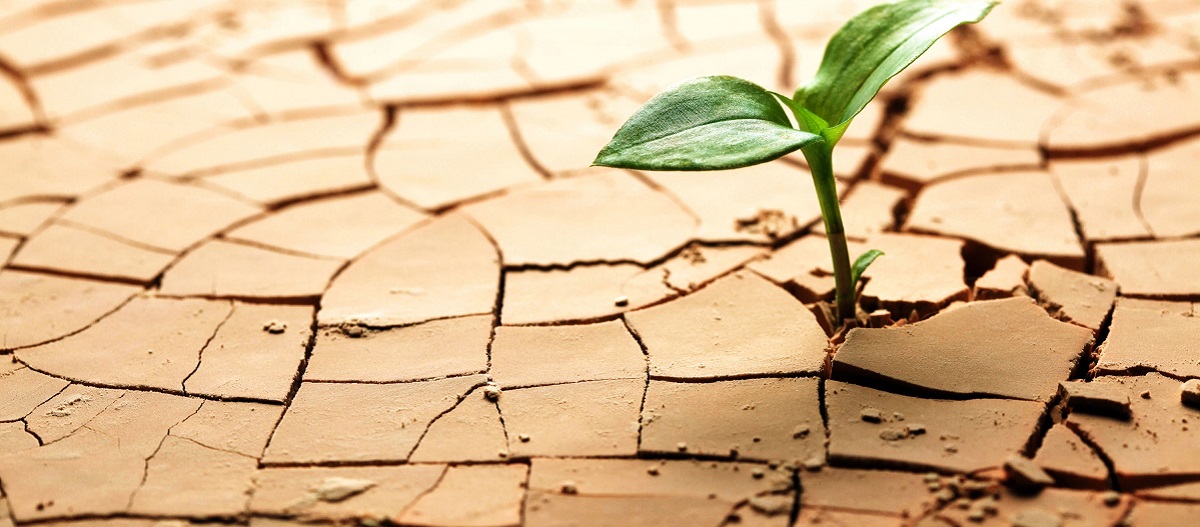Gardening for a changing climate is becoming increasingly important with living more planet-friendly lifestyles and protecting the environmental high on the agenda. So what can gardeners do?
“Gardeners can definitely help reduce climate change,” says Society of Garden Designers member, Sue Townsend. “The more plants we can get into the garden, the better. They have so many different properties, providing shade and acting as windbreaks, and other elements.”
Gardens have had to be pretty resilient to withstand the extreme weather we’ve seen in recent years, including flooding, milder winters and soaring temperatures in summer. Townsend is creating more ecological gardens to cope with the extreme weather conditions experienced in the UK in recent years.
Gardening for climate change
Here, she shares five tips for creating a garden to cope with climate change…
1. Keep your soil in good shape
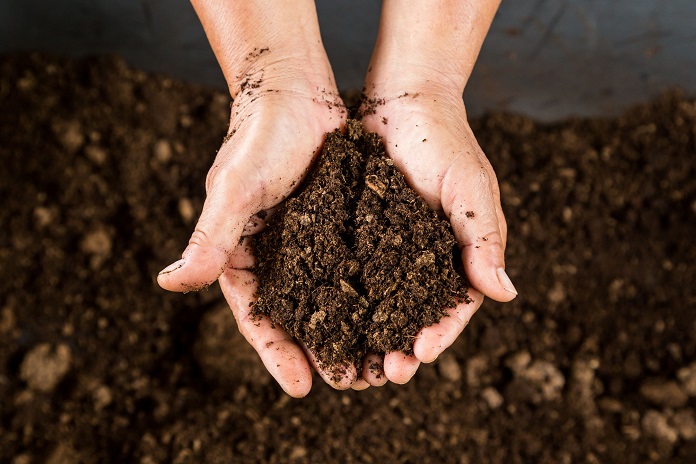
“The absolute key to making sure your garden can survive climate change is looking after the soil,” says Townsend. “Ensure you mulch the soil every autumn or spring with a layer of well-rotted organic material. On clay soil, it helps to aerate the soil as the worms bring the organic matter down. The more air there is and the more holes there are in the ground, the easier rainwater can drain through than if the soil is very compacted.
“When it’s dry, the organic matter retains the moisture and keeps it in contact with the roots of the plants. With sandy soil, it bulks out the soil and gives the plants more nutrients and more moisture.”
2. Choose the right plants for the spot
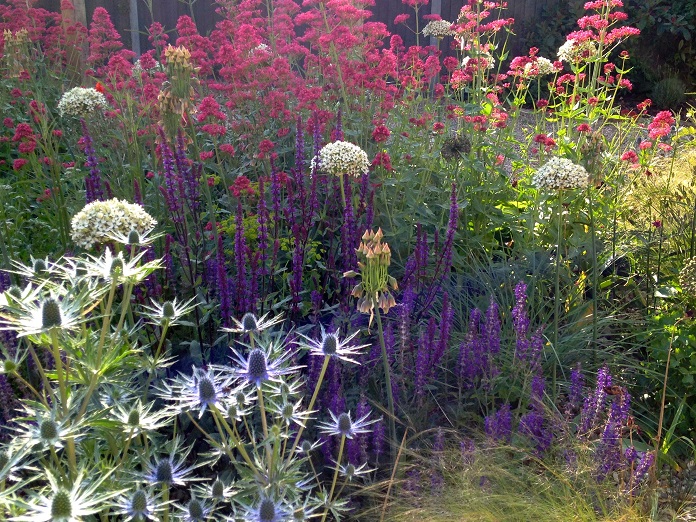
There are particular plants which will withstand extreme wet and extreme heat, depending on your soil type. Stick to native plants which are suited to your area, if possible.
“Part of it depends on drainage. It’s about knowing your soil. On clay soil, a hawthorn hedge would work really well. Many Mediterranean plants, such as lavender, can cope with lighter soils if you have free drainage. Sedums and stipa grasses can cope with drought and, if they are free-draining, they can cope with some rain.”

In wetter regions, native plants like poplar trees can cope with wetter conditions, as can Iris sibirica and daylilies – both can cope with dry and wet conditions. “There’s a host of euphorbias which can cope with very dry conditions, but some, such as Euphorbia palustris, can cope with wetter environments,” Townsed notes.
3. Make room for shade

Use trees to shade areas. They will absorb carbon dioxide. Amelanchier has beautiful blossom and can cope with dry and wet conditions.
Think about adding a living roof to any structures available too, whether it be pergolas on which you can plant climbing plants to provide additional shade.
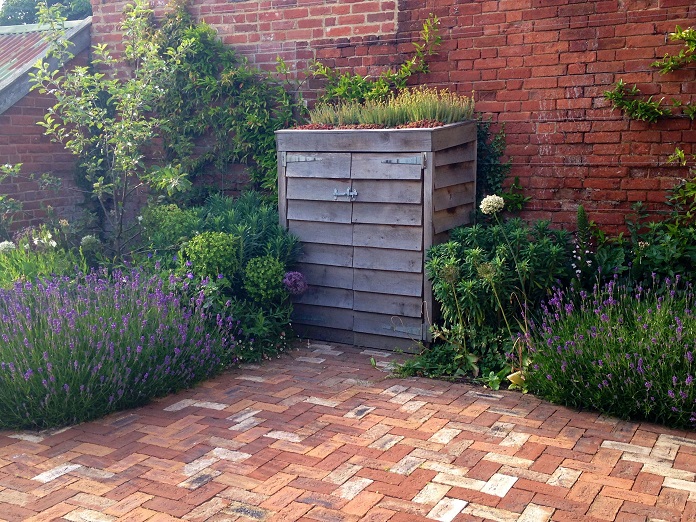
A small shed, such as Rowlinson’s mini shed store (Amazon) can offer shade to nearby plants.
If you have a covered surface like a roof, you can have a living roof on top of that but make sure it’s structurally sound. Plant sedum roofs on top of your shed or lean-to, which will help absorb rainwater.
4. Be water-wise
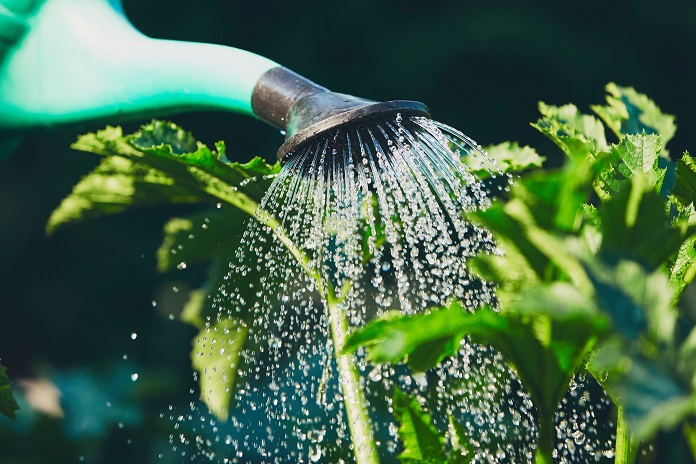
What can you do with excess water? Make sure there’s either a soakaway in your garden or choose plants that are suitable for wet conditions, which will soak up all the moisture.
“Make sure your patio has a proper fall on it, ideally going away from the house, so that the water can drain into a bed. A planted area is the ideal scenario,” Townsend advises. “Alternatively, you could install a slot drain on the edge of the patio by digging a hole and inserting the drain. If you have hard landscaping everywhere, take professional advice over drainage.”
The most obvious solution is a water butt, she says.
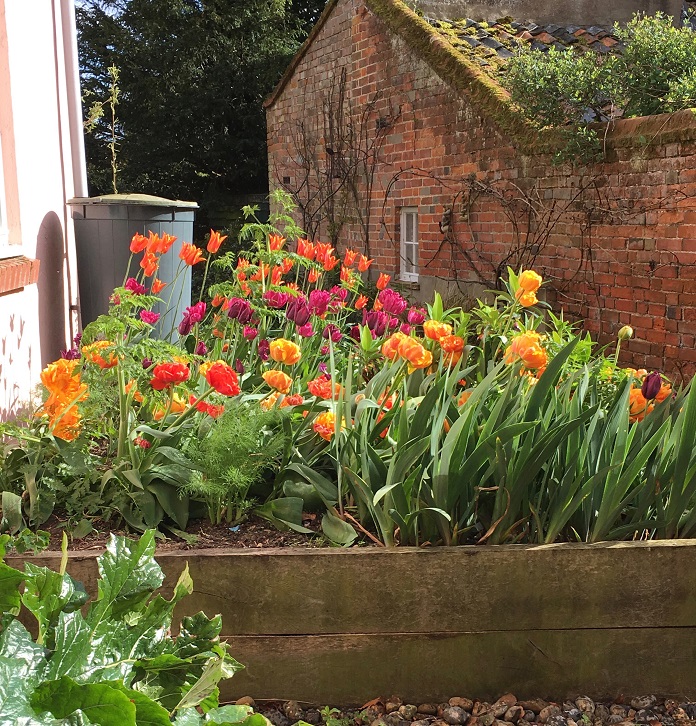
“You can get more attractive ones than just the classic black style. Some are disguised as more rustic pots, which will slot in under your downpipe, where water can be diverted. Alternatively, submerge a larger one and use a pump which will distribute the water,” says Townsend.
Try this water butt which looks like an old barrel, Amazon.
Also, use the largest patio pots you can, as they will dry out less quickly than smaller containers.
5. Use permeable materials
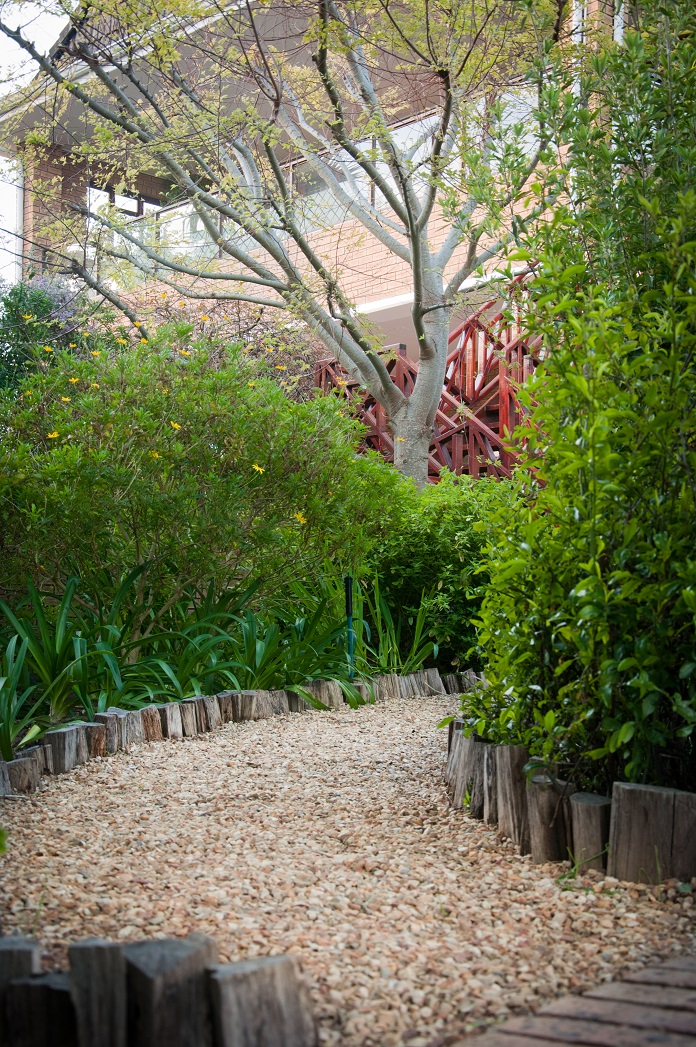
You need permeable surfaces through which water can drain, such as gravel. If you have terracing, think about where that water will run off. Make sure it’s either going into beds, or into a soakaway or a storage area.
Rainwater harvesting units can be fitted under lawns, for example, in areas that you can access and then pump it out to water the garden at different times as needed.
You can also use bark or paving blocks layered with a more permeable sub-base underneath.
You may also be interested in…
This article may include affiliate links to products and services where we may receive a small fee to support the running of this site if you make a purchase or is a sponsored article from one of our select editorial partners providing valuable advice and information to our readers.























































